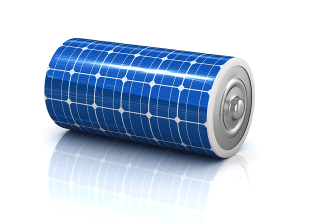 The peak bodies for the Australian solar and storage industries have announced they have rebranded, and merged, to create the Smart Energy Council.
The peak bodies for the Australian solar and storage industries have announced they have rebranded, and merged, to create the Smart Energy Council.
The move by the Australia Solar Council and the Energy Storage Council is designed to position the new body to better represent the industry and consumers who are rapidly shifting to a smart energy future, combining solar and storage and smart software.
Many predict that within a few decades, around half of all energy supply will come from such consumers – households and businesses – using exactly that technology, which will enable micro-grids, stand alone systems, power sharing, and other innovations.
The creation of the SEC follows the appointment of former Clean Energy Finance Corp CEO Oliver Yates to the board, and its strong intervention in the Queensland election, where it has launched a series of advertisements attacking the LNP plan to remove renewable energy incentives.
It means the renewables industry will be served by two bodies that do not always see eye to eye, particularly over strategy – the Smart Energy Council and the Clean Energy Council. The fossil fuel industry is represented by the Australian Energy Council.
“Since 1954 we have been the national voice of solar, and more recently, the national voice of energy storage”, said Smart Energy Council chief executive John Grimes.
“For over 60 years we have been advancing the cause of solar energy. We have been enormously successful. The world’s best solar scientists. The world’s highest uptake of household solar. A world leader in energy storage.”
Now, he says, cheap renewables, including increasingly cheap battery storage, off-river pumped hydro and other forms of energy storage, are all being harnessed by smart energy IT systems, to bring together a total solution.
“Australians want cheap, reliable, clean and smart renewable energy. They want tailored solutions that match supply and demand in the most efficient and cleanest way.”
Australia has the highest penetration of rooftop solar on any major grid in the world, with 1.8 million buildings with solar PV, more than 6GW of rooftop capacity, and 4 million Australian homes with PV or solar hot water.
“Solar works. Solar saves money. Solar is the cheapest way to generate new electricity, bar none.
“Clean energy is evolving rapidly and becoming smarter and smarter. And Australians want control of their energy. They want to produce and store their own energy. They want smart energy management systems that do the work for them.”










